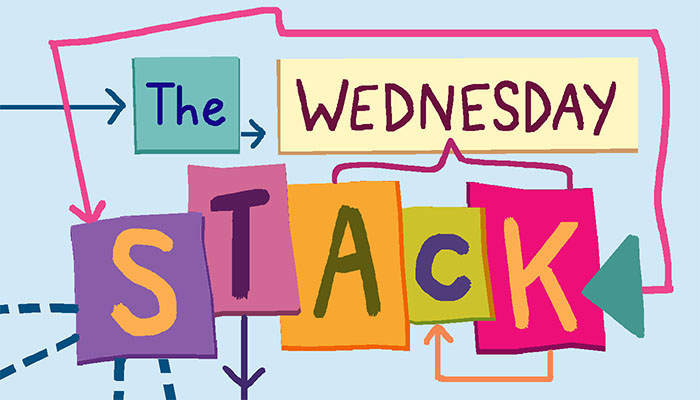Workfront’s fifth annual State of Work report appeared last month, and if it didn’t leap to the top of the reading pile, it was only because it scrupulously reflected — based on surveying more than 2,000 respondents at companies with 500-plus employees — that around 60 percent of skilled knowledge workers can’t get beyond the daily morass of emails and meetings and get to their real work.
That’s awful, but as Workfront CEO Alex Shootman told me this week, that’s almost what Workfront has come to expect when it looks at the state of enterprise work each year. In a candid discussion over dinner, some of Workfront’s leading customer — and these are the guys reaping benefits from Workfront’s work management solution, note— kept tracing the root of the problem back to senior stakeholders.
There are the executives who don’t want an automated solution to project status reports, because the resulting reports “look different.” There are the executives who don’t understand the quantity or quality of work required to produce the results they’re looking for. And there are the executives who can’t communicate to business teams how they’re efforts fit into the larger picture.
Add that to blending the expectations of mature and millennial employees on the same team, and managing is a challenge. Especially since many managers end up in their roles, not because they’re good managers, but because they were good enough at their regular jobs to get promoted.
Whether or not it counts as good news, an evolving statistic is the growing number of employees who would welcome automation: over 80 percent. “It used to be they thought automation might cost them their jobs,” said Shootman. “Now it’s, ‘I need it.'”
Are marketers in the front-lines dealing with demands on time and attention, or are they no worse off than members of other teams? Let us know in the comments below.
**********
One thing going on in tech-land this week is Oracle Open World in San Francisco (and hey, our invite got lost in the mail). Here are some highlights which winged it over the transom:
- The launch of Oracle CX Unity, a data integration solution aimed at developing a single customer profile from data across the Oracle cloud suite, as well as from third party applications. This puts it on the same track as the other obvious contenders in the enterprise CX space
- Oracle Subscription Management, which will allow organizations to build predictable, recurring revenue models through an end-to-end subscription solution, and
- Oracle Data Cloud SMB B2B marketers, helping them reach more than 100 million IDs at more than 1.5 million SMBs with their digital campaigns. Adding to LinkedIn’s reach?
***********
You guys! You’re getting loyalty all wrong. That’s the implication of a new report by cashback marketplace Dosh, which finds that over 80 percent of consumers much prefer cold, hard cash to loyalty points or other non-monetary awards. The survey, which with no subtlety plays to Dosh’s offering, did garner responses from over 3,000 US-based consumers, and high-profile brands like Forever21 are saying that with Dosh’s “cash back strategy, shoppers are more satisfied and inclined to return and spend more knowing they will be rewarded” (Alex Ok, president, Forever 21). I suppose this is better consumer psychology than just, like, cutting prices?
***********
Finally, pulling back for a broad view of the landscape, we have Mind the Data Gap, the 2019 data-driven marketing and advertising outlook from Dun & Bradstreet. The headline for me is that B2B marketers are still struggling to make the leap from a CRM to a platform which can execute on the customer data so painstakingly aggregated there, whether it be a CDP or DPM.
Perhaps it’s a surprise that as few as 37 percent report deploying an ABM strategy; 22 percent have it in their plans for next year. But can 29 percent really lack an understanding of ABM? Those must be the B2B marketers not reading DMN.
Also intriguing, more than 60 percent plan to raise their programmatic ad spend next year. Programmatic for B2B? Done right, that makes sense, but if its spray and pray, maybe screw those ABM thinking caps on a little harder.








